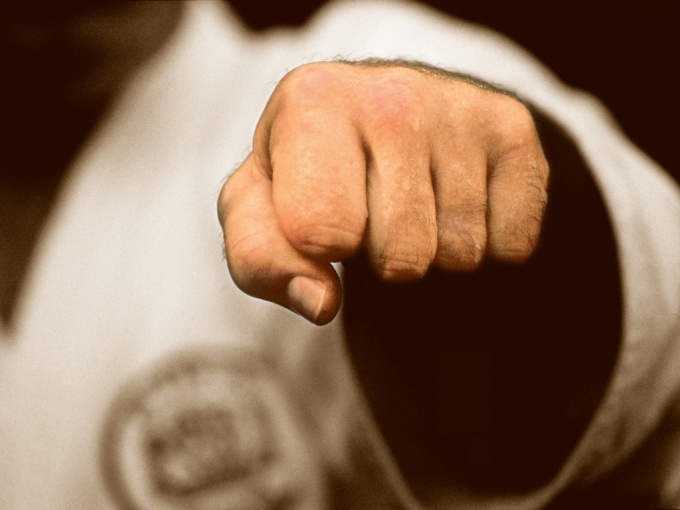You will need
- Target;
- - the accelerometer.
Instruction
1
Use the law of conservation of potential and kinetic energy. We need it to measure the force of impact at the target. First fix the suspension on any target with a mass "m". Produce the impact and measure the value of deviation "h". This can be done using the notches on the beam, on which to fasten the makiwara. The force of the blow will be equal to the value of the formula "mgh", where g is the acceleration of free fall. By this method you can measure the impact energy accurately. Also, this method is very effective for setting for setting all kinds of records. And there, as a rule, the makiwara has an electronic sensor for even more precision.
2
Apply the device with the Doppler effect. In this case, the target is to be secured in the same way as in the previous step. The force of the impact here will be equal to the speed of the target, which propagates the ultrasound. When properly selected approach, the calibration is not required.
3
Measure the energy (force) of impact with precision triaxial or biaxial integral accelerometers. The results are in this case sufficiently accurate. The main advantage of this method is that you can strike in any direction, with the exception of strikes from the top. Although you can simply change the design and measure the strength of such impacts too.
4
Use as a measure of the force of impact of integrated accelerometers with digital output. Their advantage is that they are more sensitive and you will not need additional calibration. If the accelerometer analog output, then you need to use also the value of gravitational acceleration "g" for more accurate data of the force of the blow. The proposed measurement method solves the problem of certainty about the impact energy of the athlete. All this can help in the assessment of physical readiness of the athlete at the moment.
